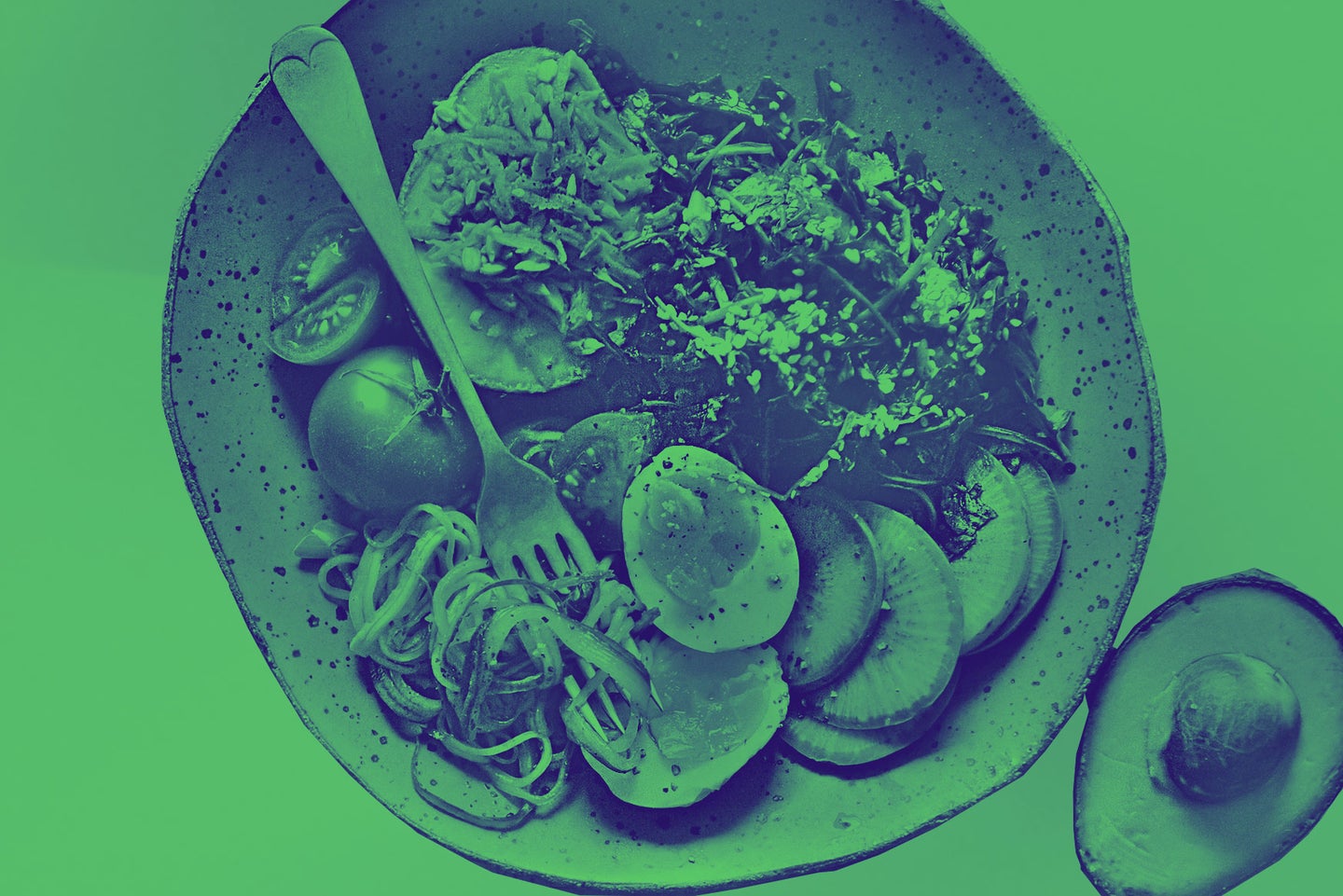Stealthy ways to make your diet more plant-based
Every bite counts.

Analysis paralysis—being so overwhelmed by options you can’t pick a path—has new meaning thanks to climate change. Making the “right” choice has never been more complicated, but we’re here to help. This is Impact, a new sustainability series from PopSci.
Do you love the planet, but also love a big, juicy steak? You’re certainly not alone. But, if you’re looking for ways to cut down on your personal climate change impacts, countless studies and reports point toward making your diet less carnivorous. Even the most recent Intergovernmental Panel on Climate Change report shows that reworking our agriculture systems and adopting more sustainable diets could provide as much as 20 to 30 percent of the emissions reductions needed to keep the climate below 1.5 or 2°C above pre-industrial levels.
If you’re not ready to go cold turkey on your favorite meaty dishes, however, there are plenty of things you can do to smoothly move toward a more veggie-heavy and planet-friendly diet.
Rethink how much protein you really need
Depending on who you are, and what your day-to-day life looks like, you may need more protein than someone else. On average, people need about 0.8 grams of protein per kilogram of their body weight per day, says Amy Kimberlain, registered nutritionist, certified diabetes care and education specialist, and media spokesperson for the Academy of Nutrition and Dietetics.
In a diet of 2,000 calories per day, that would mean your daily protein intake should make up around 200 to 700 calories per day, with a higher intake for middle-aged and older people and people who regularly exercise. For the typical 180-pound American, that’d be about 65 grams of protein. But according to the Mayo Clinic, anything above 2 grams of protein per kilogram of bodyweight would likely be excessive. And a lot of folks consume an excessive level—most adults hit around 100 daily grams of protein according to one 2017 report (and too much protein in your diet can mean icky side effects like bad breath and diarrhea).
[Related: Is red meat healthy?]
The caloric and protein levels of course vary depending on what your favorite foods are—a Burger King burger packs around 13.6 grams of protein, whereas a serving of canned black beans comes in around 8.87 grams of protein, according to the USDA. It might take some math and label-reading, but knowing how much protein you need to be healthy could make the decision to swap a chicken leg for a side salad a tiny bit easier.
Sneak in vegetables (literally) to your favorite hearty dishes
Adding in “healthy” substitutes often comes in the form of making pizza crusts out of cauliflower or using greek yogurt instead of sour cream in your favorite recipes. But beyond just health purposes, doing some sneaky swaps can be good for the planet as well.
“I think of chili as a great example,” says Kimberlain. “It’s always debated—beans in the chili or not, right? But jokes aside, by throwing beans in, it helps extend the chili.” With all the other ingredients added in, you might not even end up using as much meat. That principle–substituting or using a little less meat–works for “any dish you’re preparing,” she says.
Other ways to sneak vegetables into meat-heavy dishes could be throwing mushrooms into your burger patties, hiding peppers and carrots in marinara sauce, or sliding in shredded zucchini into your next spaghetti and meatball night.
[Related: How to eat sustainably without sacrificing your favorite foods.]
The same thing can go for dairy—looking into cooking with alternative milks or even vegan cheese is a great starting point, and might be imperceptible to even the hungriest dairy lovers. If the concept of dairy-free milks, cheeses, and yogurts give you the willies, you can always test a half-dairy, half-substitute option and see how it goes.
Start with a couple meatless nights a week
Trying out a meatless meal once every week is another great option for improving your health, helping the planet, and getting a little creative in the kitchen. Luckily, there are loads of recipes to get you started on a greener diet—even if it starts out as only a few dishes or meals a week or month.
But, Kimberlain adds, it’s important to double-check the ingredients before you dive into meat alternatives. If you’ve got a hankering for a bean burger, make sure if you’re buying the patties that list beans as the actual main ingredient—not a side thought. Just because a product is vegan or plant-based doesn’t necessarily make it a perfectly healthy and environmentally sustainable food.
Every gradual movement to a veggie-filled diet matters. If you meet yourself, and your loved ones, where they are and view it as an adventure, it might not be as hard as you’d think to lighten up on meaty meals.
